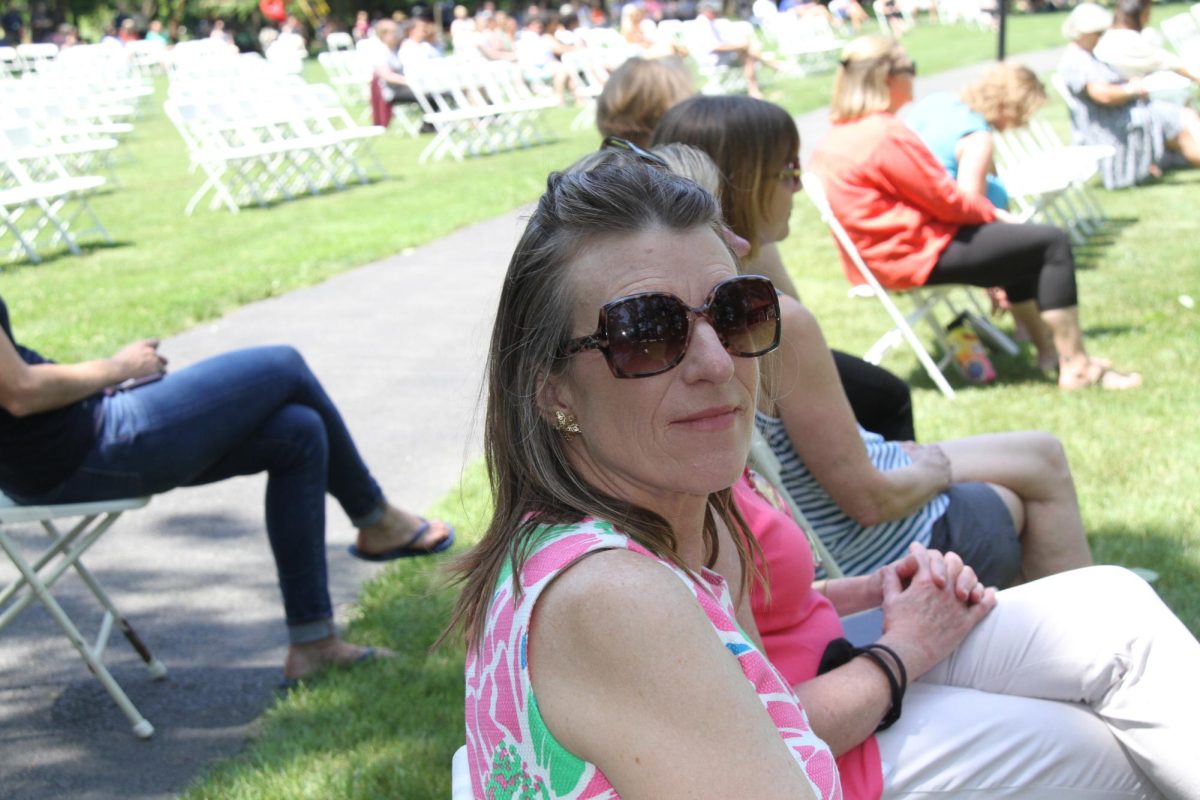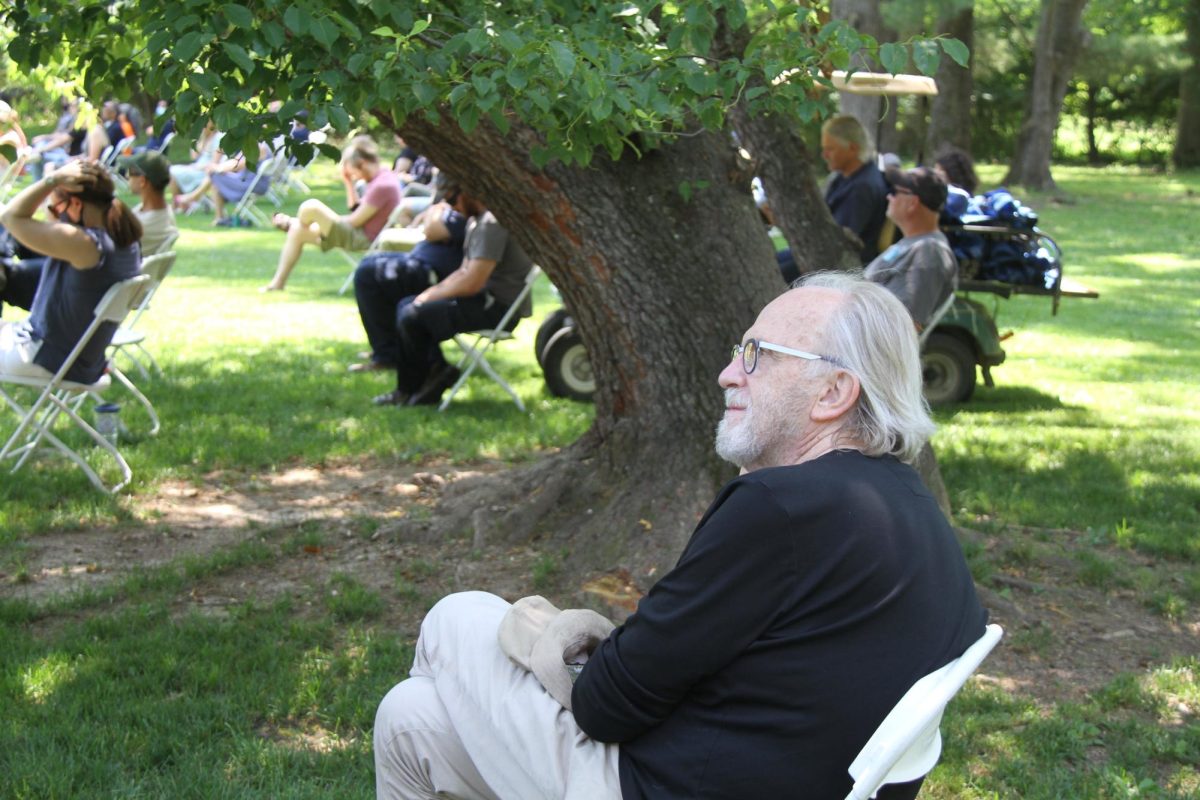Into the Wild (High Schooler Edition)
May 8, 2021
Central New Jersey. It’s hot and arid. Your throat becomes dry and your stomach empty, as you search for an acaí bowl from Ticos. You find yourself in a strange and unknown area. After directing yourself through the hectic side streets of Princeton, following the winding shaded path of Hodge Road, falling up and down the cliffs and chasms of the Great Road, you arrive at a strange abrupt structure situated in the middle of the Forest of Death. The sign says, “Princeton Day School.” Adolescent humans arrive in a motley array of vehicles. Some glisten with white paint, the words “BMW” on the front grill. Others display the telltale marks of hand-me-downs, with chipped paint and missing front grills. But human beings, like many other mammal species, engage in parental care. Not every adolescent can operate their own automobile, so they ride with the people who gave them life. These creatures all travel a great distance to carry out the long-practiced ritual of education, whether they would like it or not. Every organism prefers a unique spot at which they finally stop their vessel, ordered by the higher-ranking members of the species to arrive at a landmark called the “athletic center.” The adolescents’ caretakers timidly utter their goodbyes. “Bye honey, what time should I pick you up?” These mothers and fathers know the time they should “pick up” their offspring, of course. Still, in their efforts to receive a “Bye, love you” from their offspring, they find it necessary to execute the same ritual every morning.
As the offspring grows older, they grow more moody and temperamental and eventually flee the nest by going to college. Until then, parents place their children in “high schools” to alleviate the growing tension and hostility between the adolescent and the parent. These high schools are the offspring’s natural habitat, this is where they fall into their natural order. Here, they are known as students rather than “honey” or “sweet.” While making the arduous, eight-mile journey between the car and the school, the student takes on the role of a pack mule, carrying a backpack, a sports bag, a shopping bag, a school project, a lacrosse stick, and sometimes their breakfast. As the clouds gloom over this particular high school, Princeton Day, the conspicuous dark bags under the eye of every student become visible, though the reason remains unknown. Perhaps, this student had stayed up late again observing the phenomenon of Netflix or Tik Tok despite saying every morning, “I have to go to bed earlier, I’m putting my phone in another room.” Rarely, though, something else is the cause. “Oh my God, Sarah, I stayed up until 3 a.m. working on that history project.” An incredibly rare occasion: a justifiable reason for going to bed during the early parts of the morning.
As the two sleep-deprived females work their way down the path; they talk to keep each other’s company, and are grateful they greeted each other, engaged in active conversation, following up over Snapchat (a phenomenon not yet fully understood). As they near the school, Mr. Rhodes, an adult human seemingly tasked with chaperoning the adolescents, greets the girls with a cheerful call: “Goooooood moooorning!” Suddenly, Specimen Number One drops all of her possessions. Perhaps she is rebelling against her role as a pack mule? “Oh crap! I forgot to fill out my Magnus.” Her phone is already in her hand (for comfort), as she quickly fills out her questionnaire, knowing that all the answers are “yes” except for the last one which is “no.” After patiently waiting, Mr. Rhodes sees her phone and says “You’re all good. Have a great day.” The specimens finally enter the facilities. These two students, a few of many, just accomplished making the perilous journey to school. They now must face the hardest part of their day: first period with an overly perky teacher. Until next time, however, this has been “Into the Wild,” coming at you with documentation of the elusive PDS student body.






